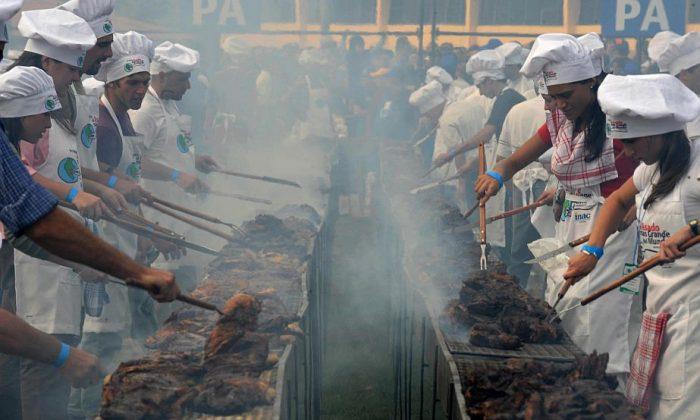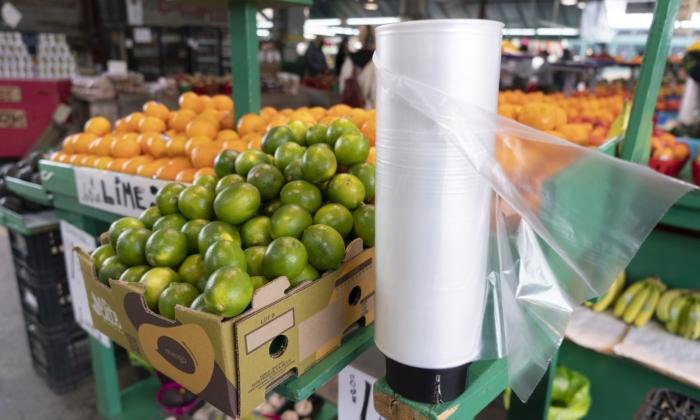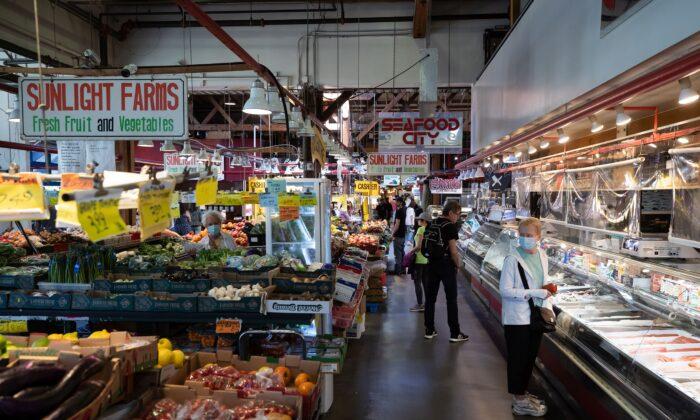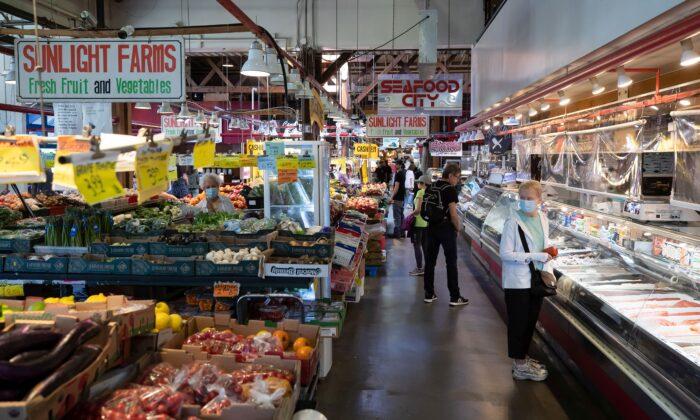North American consumers are starting to notice price increases at the meat counter. Meat prices in the United States jumped 8.4 percent in April from the prior year, while in Canada, our meat prices are likely to go up by 5 percent to 6 percent this year alone.
Given that meat prices barely rose 2 percent over the last two years, this is clearly a change of pace. What’s behind these increases? A perfect storm of supply and demand factors, hitting us just in time for grilling season.
In beef, inventories across North America are very low, the lowest being in drought-stricken regions. Sudden changes in weather patterns tend to increase grain prices, posing a problem for beef farmers, since 15.4 pounds (7 kilos) of feed and almost 15,850 quarts (15,000 liters) of water are required to produce 2.2 pounds (one kilo) of beef. The business case scale operations down in cattle are very strong. More worrisome still—it takes almost two years to bring cattle to market, which means it will take a while for inventories to be built up again.
In pork, one the world’s cheapest animal protein, prices are also going up but for a different reason. The spread of Porcine Epidemic Diarrhea across the continent has reduced hog herds significantly. Even if this virus poses no threat to consumers, we will be asked to pay a little more for bacon or ham in coming months.
Cattle and hog farmers alike have been facing significant headwinds for years due to a barrage of environmental and economic factors, including mad cow disease, foot and mouth, acute increases of input costs, weak currency, and U.S.-based protectionist policies. Nevertheless, with record prices at “farmgate,” the livestock industry is finally seeing better days after many years of heartaches. This bodes well for our rural economic growth agenda, yet it won’t be without adjustments in Canadians’ protein-buying trends.
As consumers, we are hardwired to always look for more affordable alternatives, particularly when it comes to meat products. Given that chicken and fish prices have been relatively stable over the last while and are unlikely to drop, perhaps we will be compelled to explore different protein-sourcing options at the grocery store.
Significantly, our food system is starting to send signals that our current pace in animal production may be slowly reaching its limits. Consumers are beginning to realize that meat does not just represent protein in our diets. It is a nutritional luxury and part of a way of life that may no longer be sustainable for the vast majority of us.
As Canadians, we have access to one of the world’s most affordable food baskets, and meat has been offered to us at reasonable prices for decades. With climate change and an increased demand for meat in developing countries, protein supplies will likely remain tight and higher meat price trends will probably continue for a very long time. Perfect storms like we are currently experiencing at meat counters are liable to become more frequent.
Moving forward, the meat supply and price dynamic are expected to drive consumers to reconsider the relative environmental and economic value of meat products. By thinking more holistically about food systems, many of us are increasingly showing signs of wanting to move away from an animal-protein-centric diet to a more diverse culinary experience.
Food retailers in Canada, too, are noticing, and adapting. Loblaw, Canada’s top retailer just acquired Arz Fine Foods to offer more variety with vegetable protein, particularly to an increasingly multicultural demographic. Other Canadian retailers are seeking similar opportunities, and that’s a good thing.
In essence, the ever-growing New Canadians market segment is steering our food industry toward more ethnically focused offerings that possess long and robust dietary and cultural histories.
Undeniably, beef and pork are good sources of protein, and Canadians have embraced the opportunity to grill steaks and ribs on barbecues for years. But given what lies ahead, consumers will likely be compelled to seek different options. And for that, we should be thankful for the ever-growing diversity of our nation and our food basket.
Dr. Sylvain Charlebois is associate dean at the College of Business and Economics at the University of Guelph in Ontario. This article previously appeared in www.troymedia.com.





